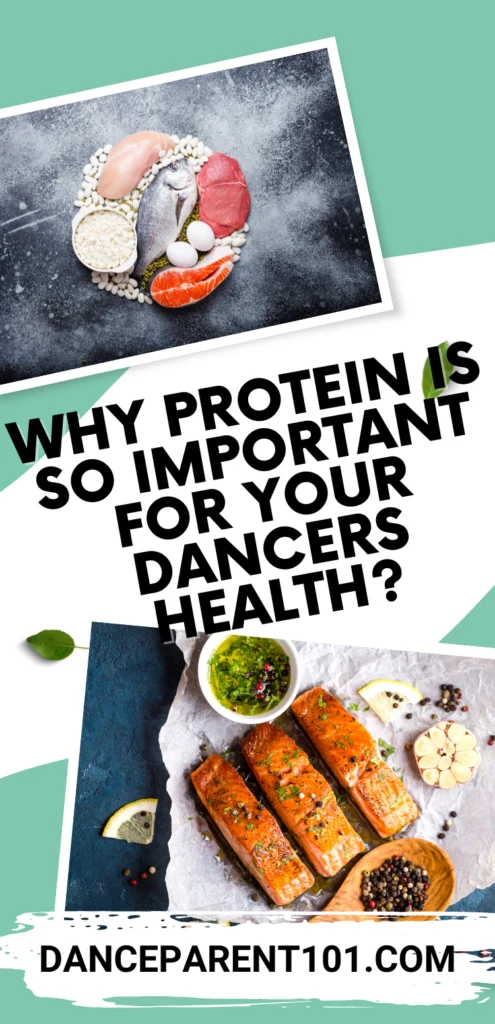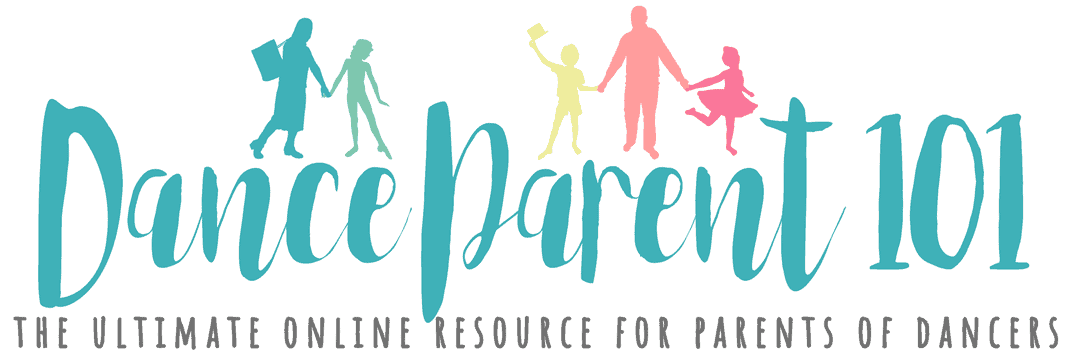Protein is without a doubt a highly discussed nutrient for dancers’ health. There have been many debates and myths surrounding this nutrient, so in this article, our goal will be to tell you everything you NEED to know regarding feeding your dancer protein.
Protein is so important for your dancer’s health as their body will use protein from foods for things such as muscle repair and growth, to aid their immune system in functioning efficiently and bone development. Protein from food is needed to sustain cellular stability and function, health, and reproduction.

But as a dance parent, you are probably worried about how much protein your dancer should be getting every day and the best ways they can get it into them, especially on performance days when sitting down to eat a for example a steak which takes a lot of energy and time to digest is not the greatest idea!
Is Protein Really that Important for Dancers?
If you were to look into a biology book, you would immediately notice that much of the body is made up of protein, for example, muscle tissue, enzymes, hormones, blood transport molecules, membrane carriers, hair, fingernails, keratin and collagen. All major systems down to their tiniest atoms of the body are made up of protein!
And when it comes down to ESSENTIAL nutrients that we put into our bodies, there are two of them – Protein & Fats! Proteins especially as our body cannot store it for future use (unlike fats, unfortunately!) But the fact is many dancers are not aware of good nutritional practices and balk at the idea of eating a lot of either! But protein and fats provide essential amino & fatty acids, respectively, which the body needs to be able to perform at its peak and cannot produce on its own.
This is why a deficiency in those nutrients can lead to unwanted side effects especially in dancers, such as easily becoming injured, followed by poor recovery, brain fog and not remembering choreography, feeling tired and weak in dance class, not improving due to reduced muscle strength and even deficient hormonal function.
How Much Protein does my dancer need every day?
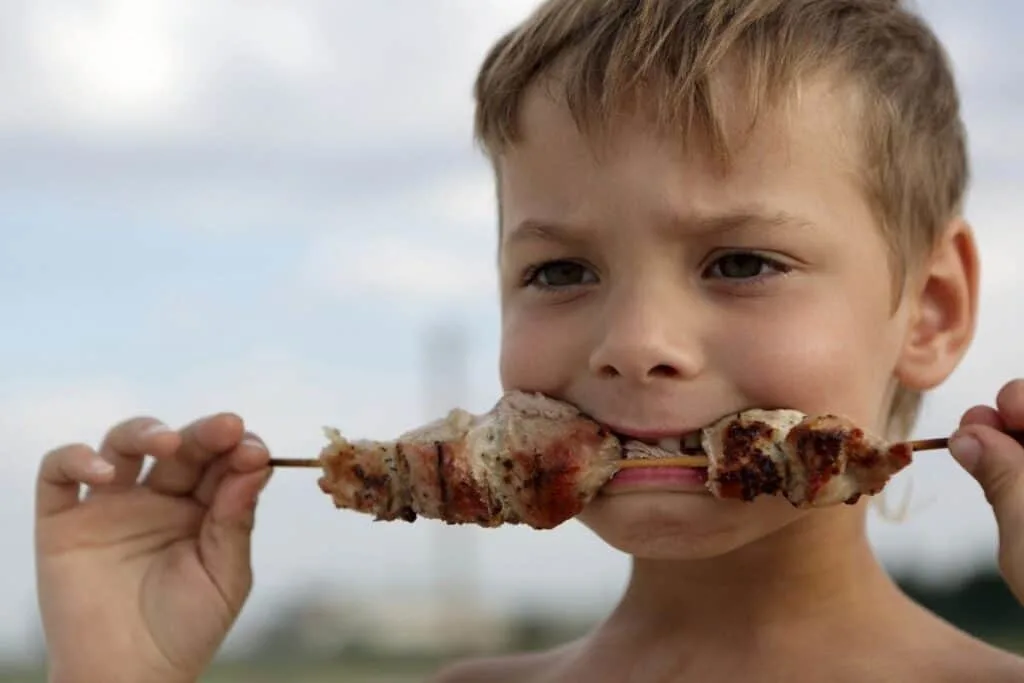
On average it is generally recommended that active adult’s protein intake be around 1 gram of protein, per kg of body weight, per day. In other words, if your dancer weighs 45kg (100lbs), they’d need roughly 45 grams of protein per day. This magic number appears to be more relevant for extremely active individuals for instance if your dancer was at a pre-professional dance school dancing every day.
For all of us other mere mortals who are not as active, the Recommended Dietary Allowance given by The Institute of Medicine in the US (Page 589) is 0.8g of protein per kg of body weight, to sustain health and optimal functioning so around 80grams for someone weighing 100lbs.
But it is not always great for dancers to focus on how much they weigh as the meter for how much protein they should be eating simply because these numbers can be distorted or compared to others negatively. So if you feel that this might be an issue for your dancer, opt instead to aim for about 25%-30% protein overall in the food they eat in their day.
On days or weeks when they are training more intensely and are building and strengthening their muscles you might like to increase this percentage to help muscle growth and recovery, and during periods of rest such as holidays if they are not training reducing the amount.
For me personally, as a Dance Parent, this all sounds quite confusing and so I would probably aim to just ensure I provide meals and snacks where the overall balance of their food for the day would see them getting 25-30% of their energy from protein. If you are still unsure and want specific professional advice for your dancer, go speak with a nutritionist – one who works with dancers is always best!
Is there such thing as eating too much Protein?
Yes, there is such thing as eating too much protein and this is mainly because it can be taxing on our digestive system especially our Kidneys. In addition, excess protein can also cause bloating and water retention but most importantly, high levels of protein can actually hinder bone mineralization and therefore reduce our ability to absorb calcium. This means that over time, excessive amounts of protein will result in lower than normal blood calcium levels.
So what do we mean by “eating too much” protein? Well, let’s say your dancer eats an egg each morning for breakfast. That’s 13 gm of protein. Plus, she has some chicken breast with salad at lunchtime which contains another 15gm of protein. And then later on in the evening, she has some salmon plus some broccoli with about 20gm of protein. All together her total daily protein consumption comes out to 48gm. Now depending on their activity levels, this might be fine if they are around 45kg or 100lbs. But say they also snacked on nuts throughout the day and also had a protein shake when they got home as they were starving. This could add on another 30grams of protein for the day, which if they weighed 100lbs would be well over nutritional recommendations.
Should I supplement my dancer’s protein intake with shakes and bars?
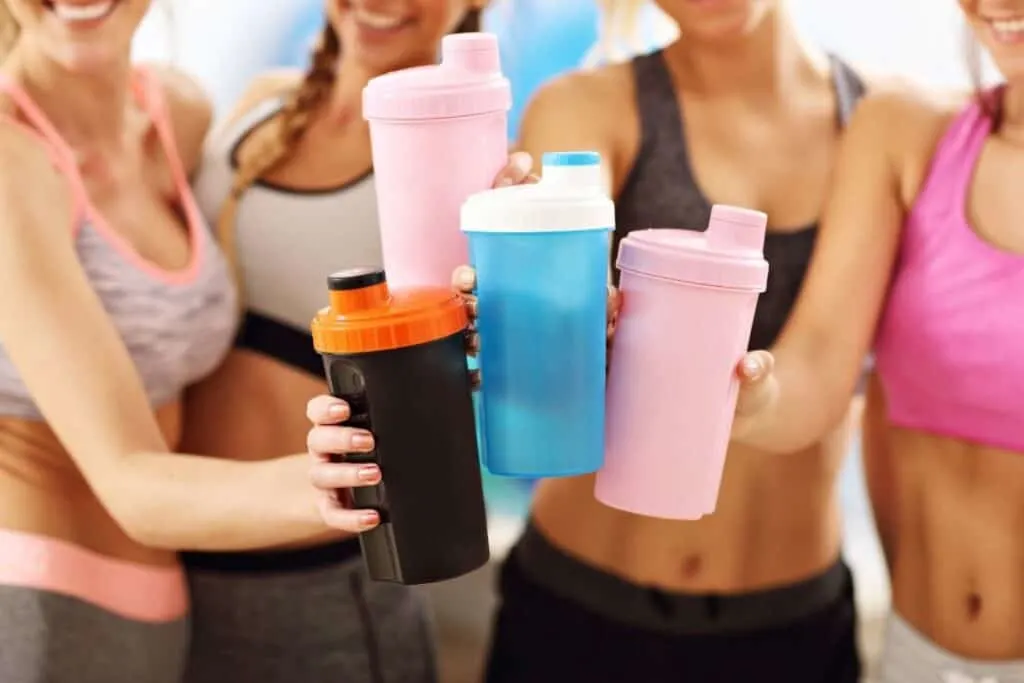
It is important especially from the previous example to remember a protein shake or barre for example might be a snack recommended to you for your dancer to increase or add more protein into their diet, but it is meant to supplement their protein intake when protein is not being eaten enough during other meals throughout the day!
So if your dancer doesn’t like the thought of eggs for breakfast, a protein smoothie here might be a great option for them and your family. Another time for supplements might be on a performance day when a protein bar can help ensure they are getting the protein they need before or after dancing.
So What Are The Best Sources of Protein for My Dancer?
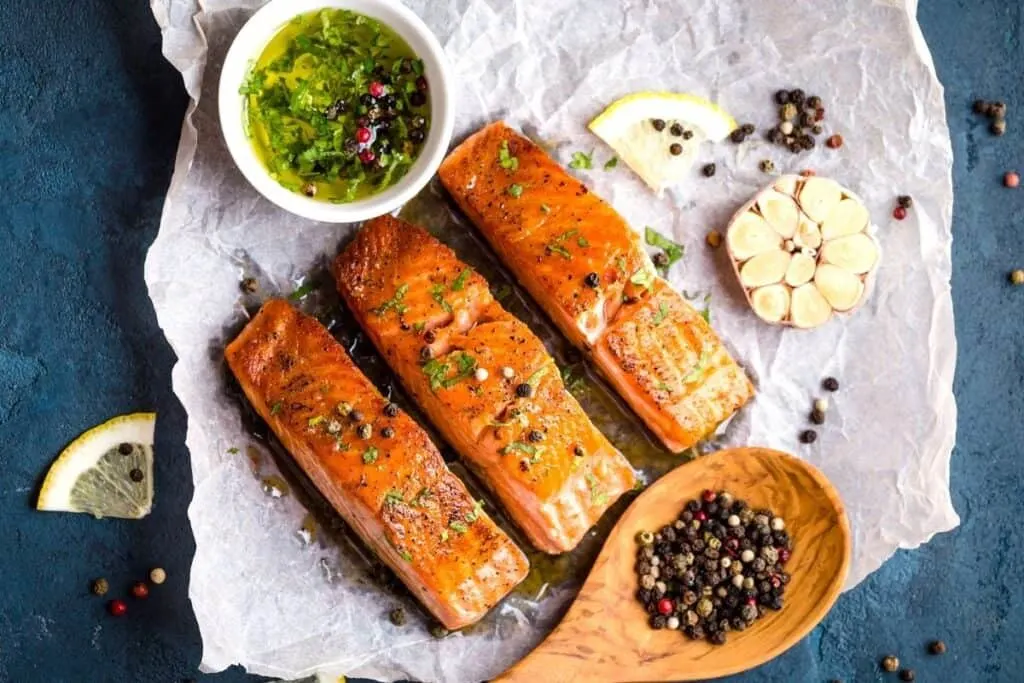
It’s important to know that not all proteins are made the same. This is because protein is made up of amino acids and there are a total of 20 amino acids but only 9 of them are essential to humans. On top of that, each food provides protein that is digested, absorbed, and retained differently. Therefore based on their amino acid profile, as well as other properties each food can be rated in terms of bioavailability.
Bioavailability is the fraction of a nutrient in a food, that is actually absorbed and used. The things that change the biological value of foods are their chemical form, interactions with other compounds, as well as an individual’s physiological responses to food. Animal products have been found to have the best bioavailability for the human body! These are the foods that provide all essential amino acids, along with healthy fats and a multitude of vitamins.
However, it should also be noted that mass-production of animal products creates unnatural growth, where the animals don’t have enough room to run freely and are fed with processed, low-quality animal foods.
For this reason, the BEST animal sources of protein are:
- Grass-fed beef
- Wild-caught salmon
- Free-range chicken or Turkey
- Pork
- Lamb
- Cheese & Other dairy
- Free-range Eggs
- Whey based Protein Powders
Most of these foods have high levels of good protein in them, meaning that you only need to serve your dancer a few portions a day to meet their daily needs!
But What If Your Family or Your Dancer is Plant-Based?
Plant foods, unfortunately, lack one or more essential amino acids and can take up a lot of space in the stomach, for less caloric value than animal products. But there is a solution which is to combine different plant products, in order to compensate for their lack of a variety of amino acids. And whether or not you are plant-based or not, adding in some of these foods can help to up your protein on any diet!
Here are some of the best plant-based protein sources:
- Lentils
- Beans
- Other legumes
- Cashews
- Almonds
- Edamame
- Tahini
- Peanut butter (sugar free is best)
- Peas
- Macadamias
- Pea/Plant Based Protein Powders
In combining these, you will be more inclined to provide sufficient amounts of protein for your dancer, on a daily basis!
Should my Dancer Eat Protein before or after Class or a performance?
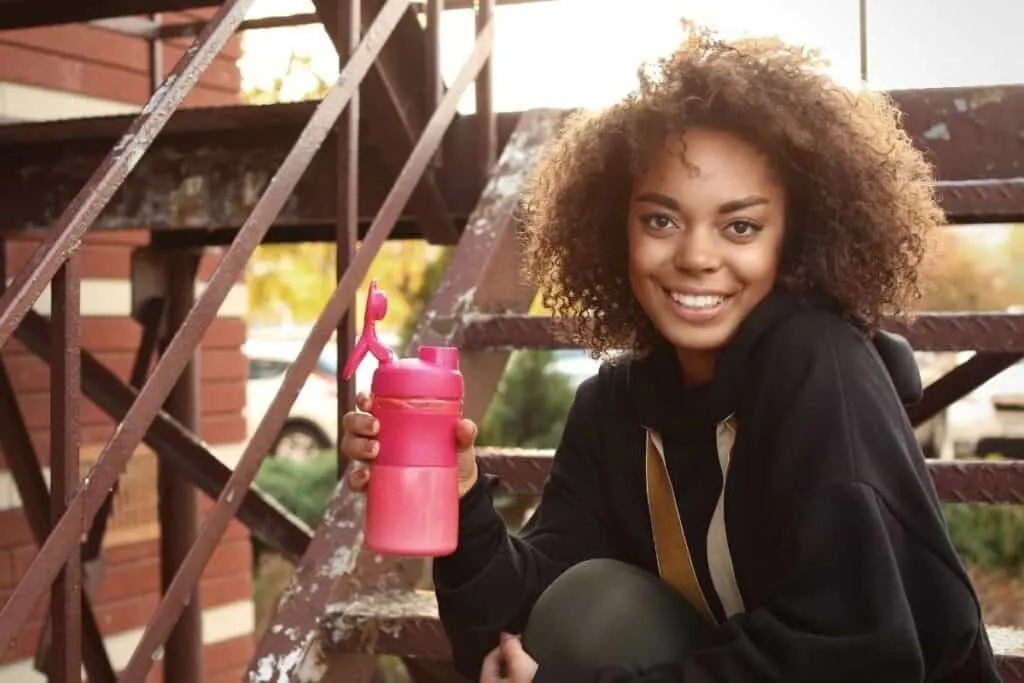
In the fitness and health world, it is well known that if you want to further optimize your protein intake you can try timing it to your workouts or in our case classes. In general, you should aim to give your dancer a solid protein meal 2 hours before their class or performance and then within 2 hours AFTER their class or performance. At least 10grams of protein at each time is enough for great results especially when done consistently! The energy from protein cannot be stored like other nutrients for later use and so this method has been proven to give athletes a slight boost in terms of the constructive, anabolic processes that happen especially after their workout to increase things such as recovery and rebuilding of muscle.
How do I Start Increasing My Dancers Protein Intake?
Ensuring your dancer gets enough Protein in their diet should not be stressful, add more if it is needed in small increments starting with one meal or snack a day and increasing this over time until it becomes a habit for you to provide in your meals and for your dancer to acclimatize their taste buds to eat more of.
As with anything, you should also try to be a role model for your child and eat what you are providing them, which gives you the added benefit of looking after your own nutritional needs. And if you are ever unsure of whether your dancer is getting too much or too little of any nutrient, speak with your doctor or a registered nutritionist – preferably one who specializes in working with dancers or athletes.
Share this article on Pinterest Now!
